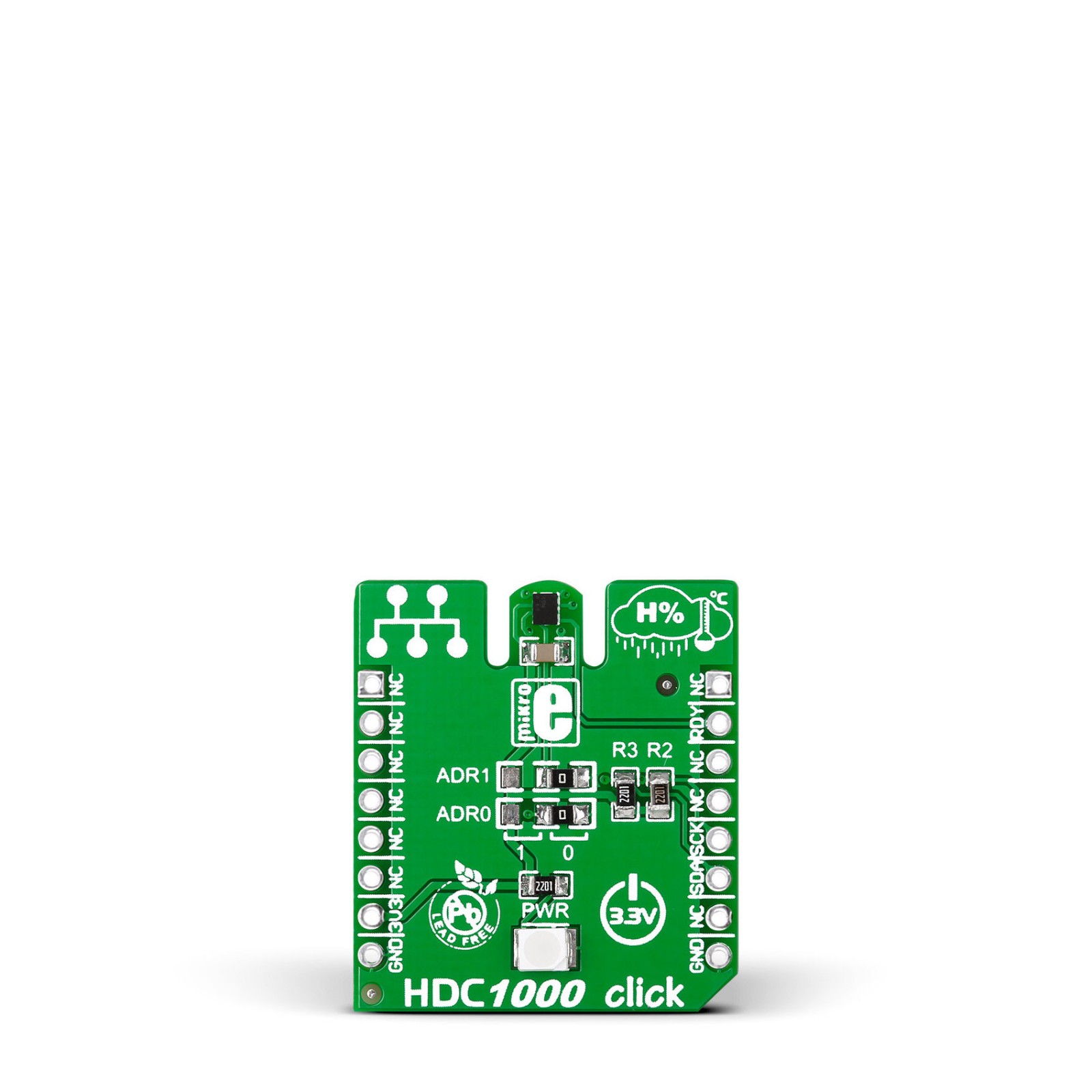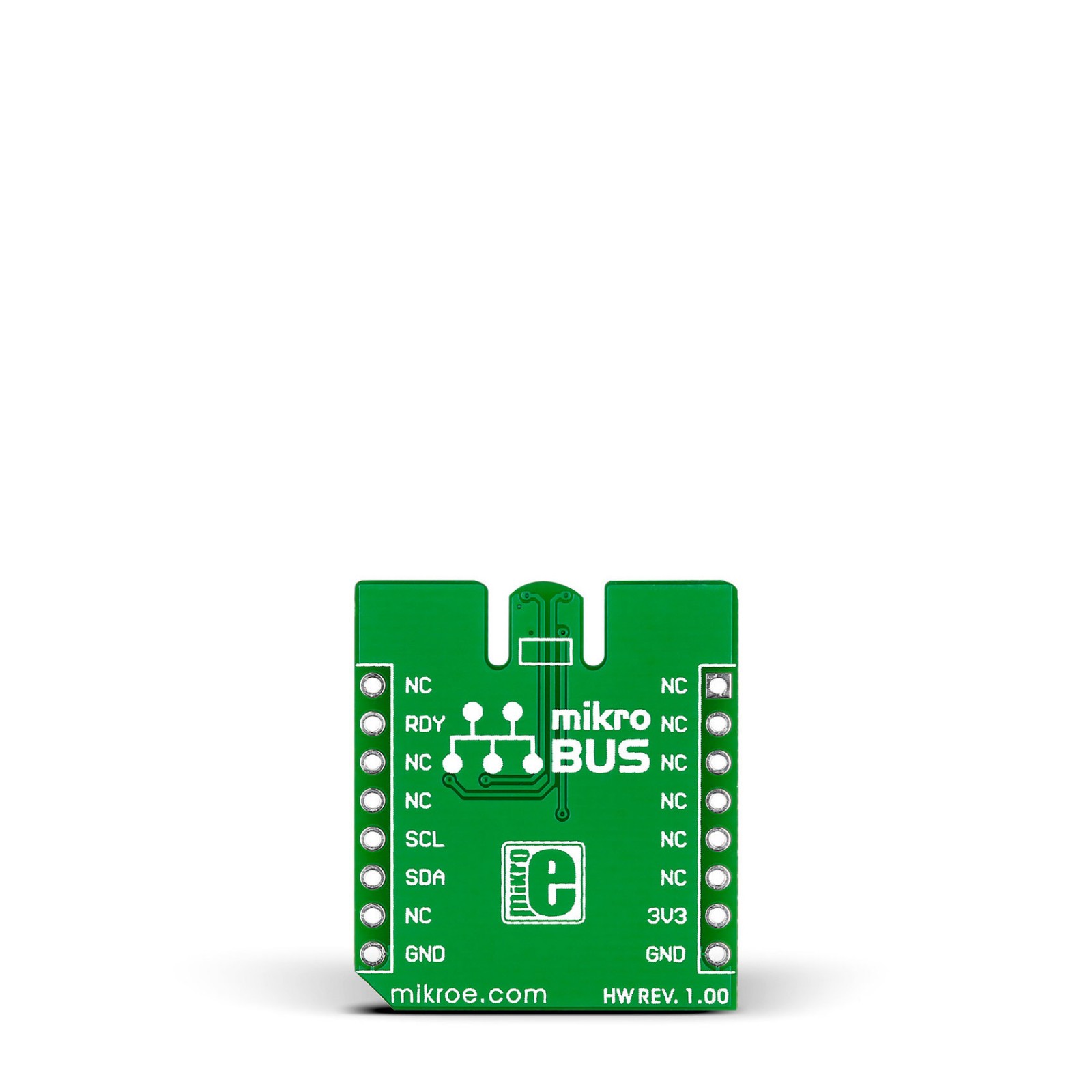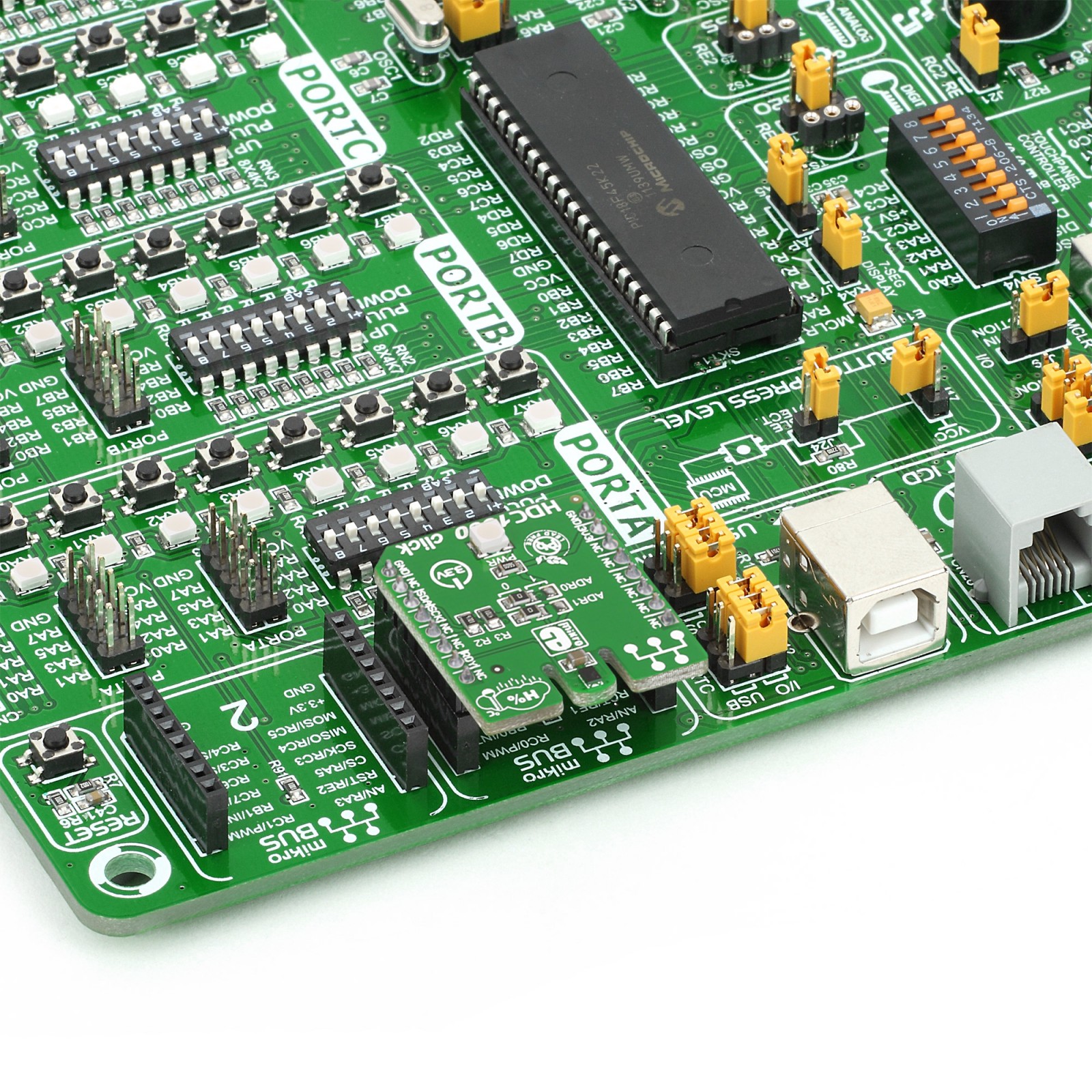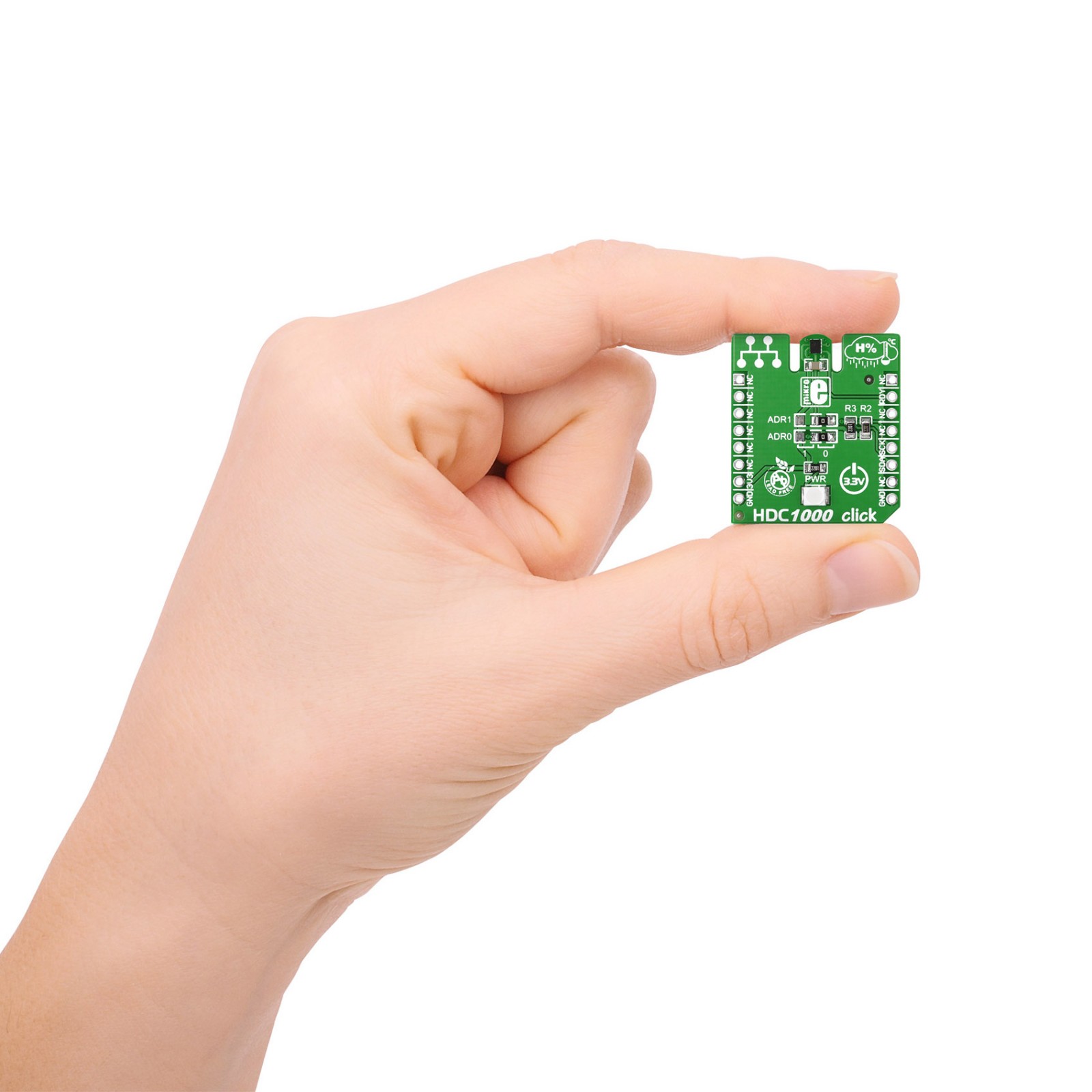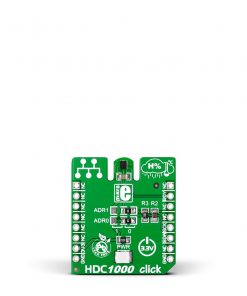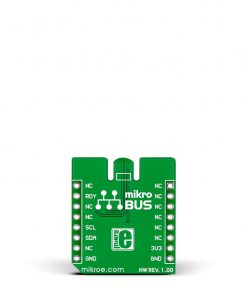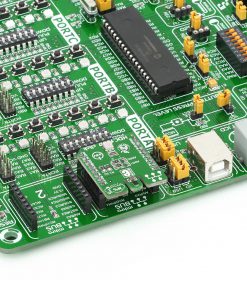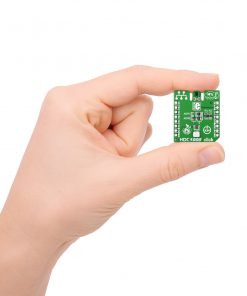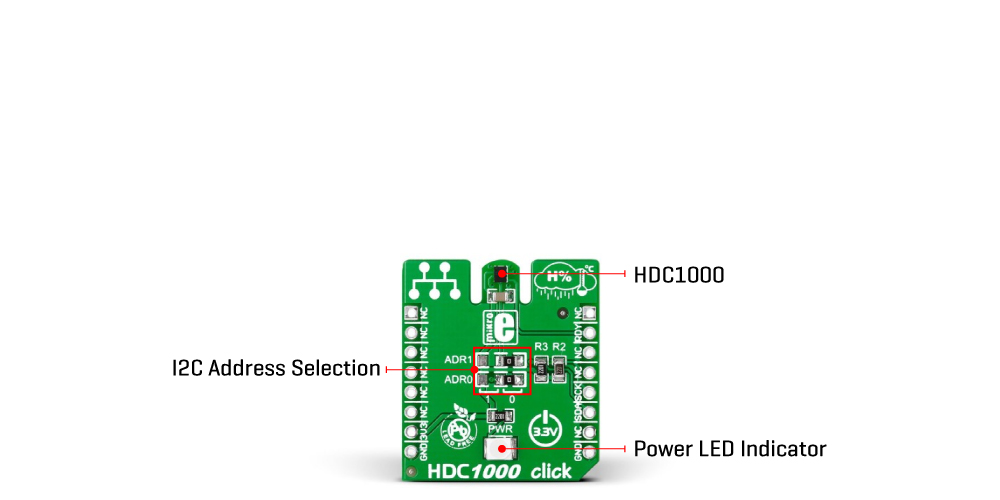HDC1000 Click
R430.00 ex. VAT
HDC1000 Click is a compact add-on board representing a temperature and humidity sensing solution. This board features Texas Instruments’s HDC1000, a digital humidity sensor with an integrated temperature sensor providing excellent measurement accuracy at low power. The HDC1000 is characterized by its high accuracy (±3% RH and ±0.2°C over a wide operating temperature and humidity range) and high resolution providing 14-bit data to the host controller with a configurable I2C interface. This Click board™ is suitable for automotive, consumer, and other temperature and humidity-related applications such as HVAC systems, thermostats, weather stations, and more.
HDC1000 Click is supported by a mikroSDK compliant library, which includes functions that simplify software development. This Click board™ comes as a fully tested product, ready to be used on a system equipped with the mikroBUS™ socket.
Stock: Lead-time applicable.
| 5+ | R408.50 |
| 10+ | R387.00 |
| 15+ | R365.50 |
| 20+ | R351.74 |

